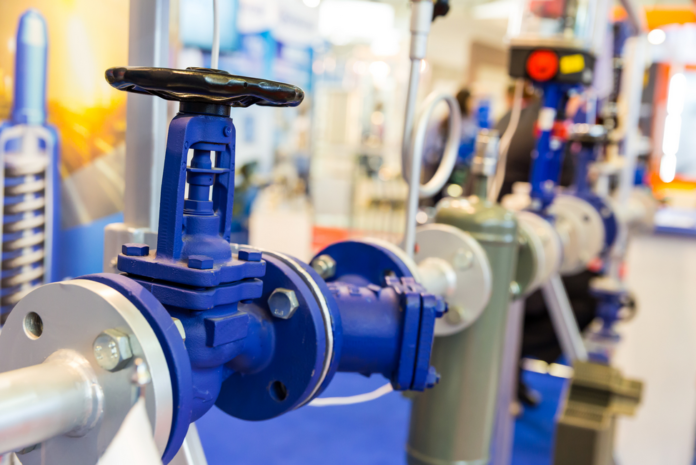Did you know that more than billion tons of goods are produced worldwide? With increased production of goods, one thing that would also increase is the need for an industrial lubricant to keep things running smoothly.
Oilfield lubricants may be one of the most utilized products by the oil and gas industry. It is because of the environment in which the industry operates. You may be one of many people who don’t know how different types of lubricants differ in use.
So to know all about oilfield industrial lubrication used by oil and gas industries, read on and find out.
What is Industrial Lubricant
Industrial lubricants have many uses in various industrial settings. Industries can use them in manufacturing, transportation, and other areas where smooth operation is important.
Industrial lubricants come in a variety of forms, including liquid and oil-based products. They are often designed to work with specific machinery and materials, so it is important to select the right one for the task.
Oilfield Industrial Lubricant
Oilfield lubricants are used in the oil and gas industry to reduce friction and wear on moving parts. They are of two types: hydraulic oil field lubricants and mechanical oil field lubricants. Hydraulic oil field lubricants are used in hydraulic fracking, while mechanical oil field lubricants are used in other drilling and production operations.
Hydraulic Oilfield Lubricants
A hydraulic oilfield lubricant provides the necessary friction and wear resistance to keep equipment functioning. The lubricant helps prevent metal-to-metal contact, preventing damage to the equipment and reducing operating costs.
Hydraulic oilfield lubricants are essential for keeping machines operating in extreme conditions. They help prevent damage to equipment, reduce energy costs, and ensure a safe working environment.
Hydraulic oilfield lubricants come in a variety of formulations to meet the specific needs of the drilling and production process. Some oils are for high-speed applications where friction is a major concern. At the same time, others are for low-speed work where wear and tear are less of an issue.
Mechanical Oilfield Lubricants
The mechanical oilfield lubricants keep the gears and bearings in the drilling equipment moving and working properly. The oil lubricant also protects the surfaces of the drill bit and other drilling equipment from becoming rusty or corroded.
Mechanical oilfield lubricants come in various types, including hydrocarbon-based, synthetic, and base oils. Each type has its advantages and disadvantages. Hydrocarbon-based lubricants are the most common type used in oilfields because they are inexpensive and effective.
However, hydrocarbons can be messy and corrosive, so they must be handled carefully. Synthetic oils are less expensive than hydrocarbons but have some disadvantages. They are non-corrosive and easy to clean but don’t work as well as hydrocarbons at high temperatures.
How to Deal with Corrosive Valves
Corrosive valves can cause a lot of damage to your machines. The best way to deal with them is to prevent them from happening in the first place. Here are some tips for keeping your valves clean and free of corrosion.
Clean your valves using a valve cleaner and degreaser. Ensure the degreaser is designed for metal surfaces, as it will remove the protective layer of rust on metal valves.
If corrosion does occur, use an oil and gas valves sealent, corrosion inhibitors such as chrome polish, or a rust preventive sealant to stop it from spreading further.
The Bottom Line
Oilfield lubricants are a kind of industrial lubricant essential for the safe and effective operation of drilling equipment. Lubricants reduce wear and tear on the critical components of drilling rigs and help maintain productivity. With today’s technology, oilfield lubricants can also prolong the life of the equipment. Proper lubrication is crucial to a healthy and safe drilling operation.
If you want to read more about business operations, please browse through the rest of our blog today!










